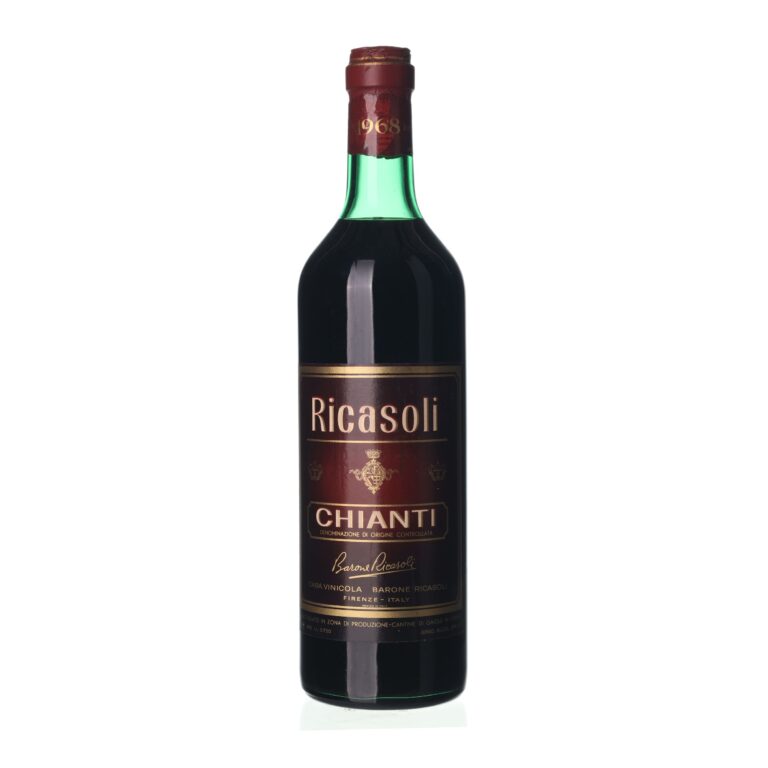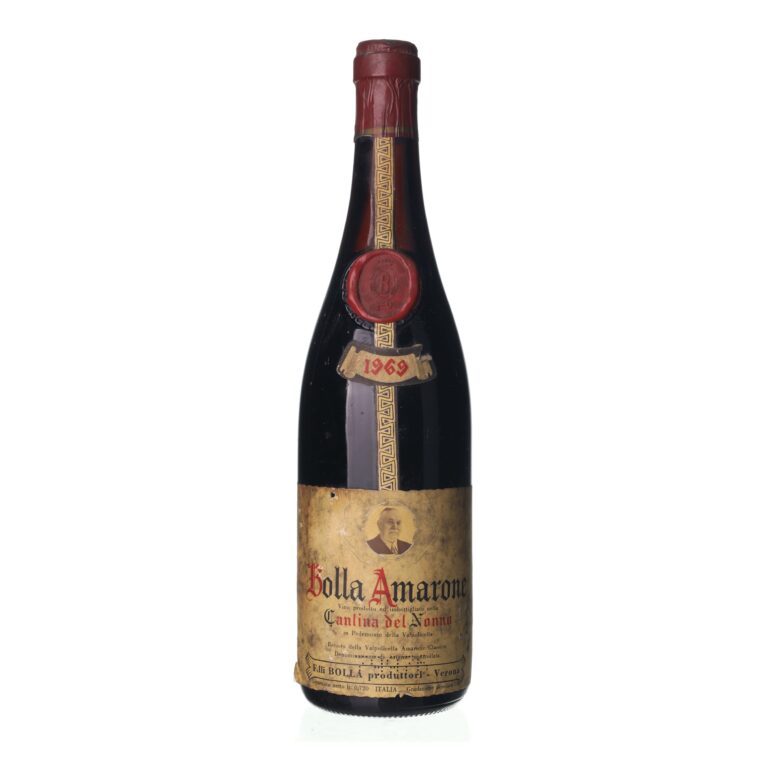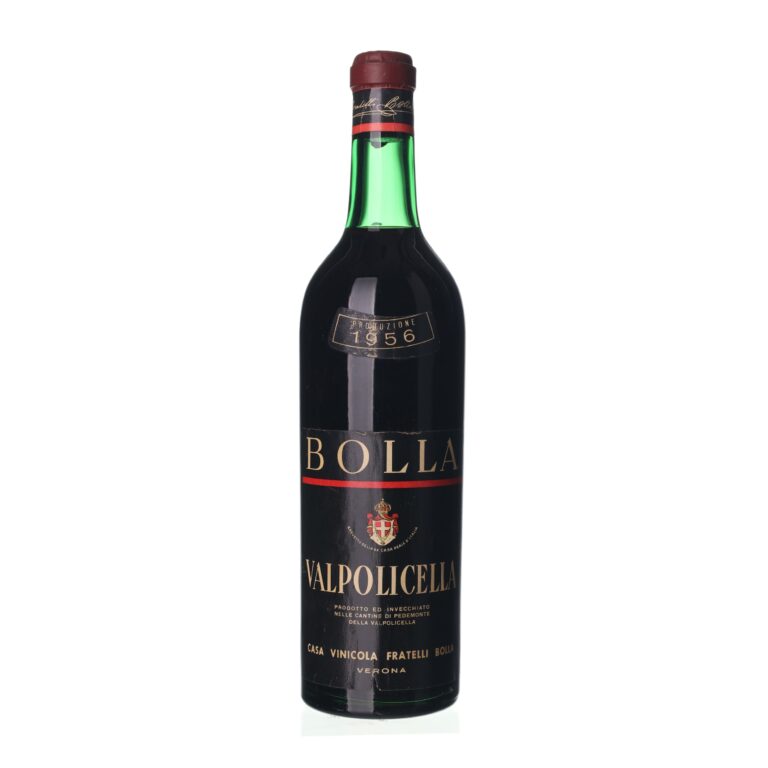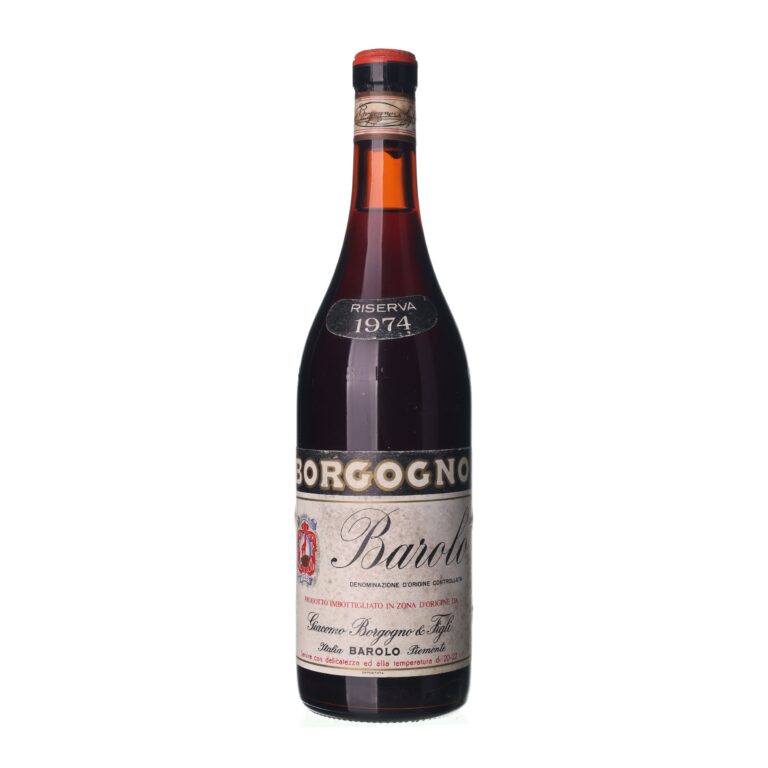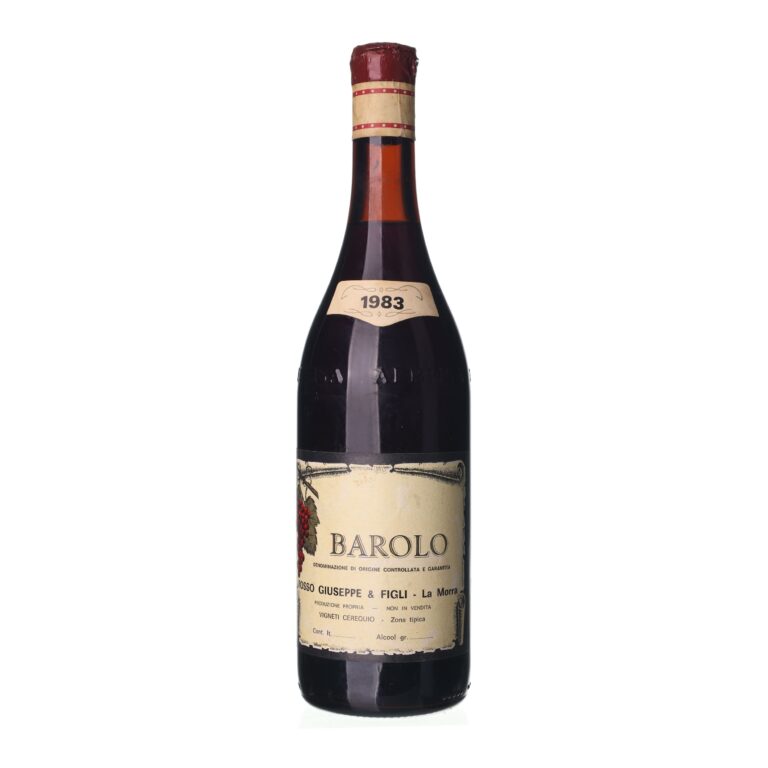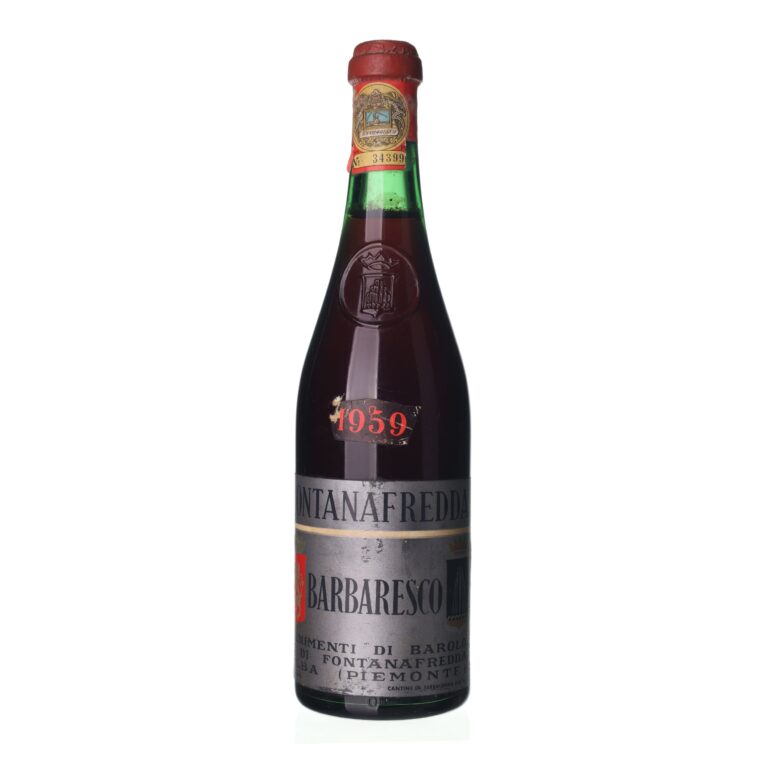Serving wine: which wine to offer with fish or goose

Pairing wine with food is an art sometimes bordering on alchemy. It requires a great deal of knowledge and experience that cannot be bypassed. Let’s now take a look at some of the guidelines used by professional chefs and sommeliers. Success begins with mastering a few basic principles.
Combining wine with food can be fun, or even a game, but it’s a game that has clear rules. On the other hand, you shouldn’t be afraid to experiment when playing it, and you should go ahead and give your fantasy free rein. Did you enjoy an unusual combination that no manual recommended? Even this can easily happen, and it’s fine! However, if you are going to attempt a more complicated wine pairing, you’re doing it for the first time, or you’re expecting special company, stick to the traditional guidelines.
Which wine to serve with which food, or 5 introductory tips
- With the choice of wine to go with our food we attempt to achieve a harmony of tastes in two ways. We can choose the wine so that the interaction of their tastes is mutually complementary on the basis of similarity and multiplying them, or we could contrast them and heighten the different flavors. In practice, this then means that we support a fatty dish with a strong dry wine, or we could tone it down with a lighter dry wine and thus let the powerful dish stand out. Both can be correct approaches.
- Deciding which wine goes with a meal can be simplified by taking the visual side of dishes into account. In very simple terms – the color of the food gives you one hint. White meat, e.g., chicken (served with subtle seasoning), light-colored sauces, and certain types of cheese are examples of foods that we would choose a white wine to go with, and on the contrary, red meat (prepared with more distinctive flavors, spicy sausages and smoked meats, or perhaps a wild game soup will to better with red wine in most cases.
- Another recommendation concerns the lightness or heaviness of dishes. It is thus generally the case that we serve light white wines with light dishes and heavier and we offer a fuller white wine or a red wine with heavier and heartier foods. Spicy foods can withstand strong, aromatic wines. We don’t aim for a contrast with sweet dishes, but rather complement them with sweet wine.
- You may often be surprised by the sophistication of a food or of an entire menu. How should you proceed in this case? First, let’s look at the composition of individual dishes– meat, vegetables, etc. Next, we’ll take the spices into account, and the sauce can also be a more decisive factor in choosing a wine than the meat that’s in it (and this also applies in the case of pasta sauces). When choosing wine to go with a salad, you should proceed according to the tastes present in its dressing. When we’re going to offer different wines through the menu, we should adhere to the principle that applies to the order of wine tastings. We want to make a general note that white wines come before reds, young ones before more mature ones, lighter ones before heavier ones, and dry wines before sweet wine. Are you interested in learning more? Read our article on How to do a wine tasting like a sommelier.
The last bonus point concerns the manner of preparing the food and the way we can turn what looks at first glance like the same ingredient into many different kinds of dishes. This, here is also an important moment for selecting the correct wine. Read on …
What kind of wine is drunk with fish? We’ll advise you!
An example of the principle mentioned above are the various types of fish and the diverse ways of preparing them: from steamed cod to smoked mackerel. There are various answers to the question of “What wine goes with fish?” Generally, white wines are suitable for fish, but there are exceptions that prove the rule. If you treat yourself, for example, to grilled tuna, there’s no need to worry about combining it with a light red wine.
When serving ocean fish, we should avoid wines that have a high tannin content, because in combination with salt they cause a bitter taste in the dishes. Are you hesitating over a wine for sushi, crab, or shrimp cocktail? Try dry white wines with a hint of freshness, and you won’t go wrong! Tuna or salmon are also deliciously complemented by rosés and lighter fruity wines.
Which wine goes with salmon?
There’s no denying the diversity of flavors in salmon. You can pair it both with white and with red wines. Therefore, the rule of “whites for fish and reds for meat” doesn’t apply. Choosing a light red wine isn’t a faux pas here. In particular, younger vintages of Pinot Noir or Dornfelder highlight the taste of salmon.
Rosés and lighter, fruity wines make an excellent complement to salmon. White wines to bet on include Chardonnay, Sauvignon Blanc and Riesling. Then if you want some variety, don’t be afraid to reach for champagne – its bubbles will be a pleasant surprise.
What kind of wine goes with carp?
If you’re interested in what wines go well with fish, definitely give some thought to choosing a wine to go with carp, the traditional dish served by on Christmas Eve in the Czech Republic. The festive meal shouldn’t lack a dry or semi-dry white wine, to complement the main dish. Some great choices include Riesling, Sauvignon or one of the typical sparkling wines.
Regarding the preparation of fish dishes, we recommend:
- Dry sparkling or still white wine for raw fish
- Dry white wine for cooked fish and stewed white meat
- Serve a fuller-bodied white wine (or a light red) with fried or grilled fish, and it’s also suitable for eel.
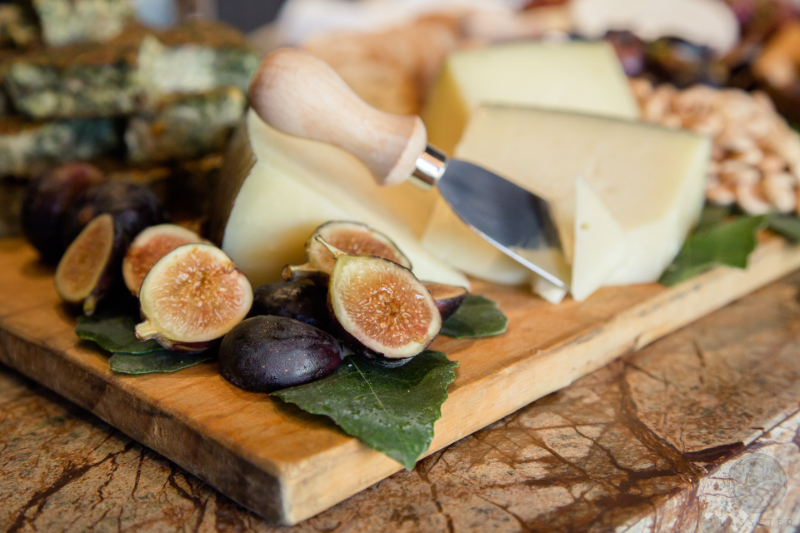
When traditional Czech cuisine is served – what kind of wine goes with goose or duck?
Even though goose and duck are considered poultry, the general rules for poultry don’t apply. In their traditional Czech preparations, we classify them into the same category as mutton, wild game, or meat from feathered game.
So … What wine are you going to serve with the goose? It will be a fully-matured red wine, because the meat is darker and its preparation makes it a heavy dish, so we need a more mature wine. Some of the varieties that are suitable here include St. Laurent, Blaufränkisch, Modrý Portugal, Pinot Noir, Dornfelder, or Cabernet Sauvignon.
Which wine goes with duck? As with the goose, we’ll choose a red wine with a higher degree of acidity to compensate for the fat content of this Czech dish. Among grape varieties, Pinot Noir is an obvious choice. But also give Pinot Grigio or St. Laurent a chance. Maybe you’ll be pleasantly surprised.
What wine goes with pork tenderloin?
Pork tenderloin, like goose and duck, is a fatty dish. However, which wine should go with the tenderloin depends on its preparation and seasoning. If the meat will be spiced and prepared for grilling, reach for a red wine with a higher alcohol content. Select one from the Pinot Noir, Cabernet Sauvignon, or Dornfelder grape varieties.
Maybe you prefer white wine and want to stick with it even when you’re serving pork. That’s completely okay, because you can also serve dry white wine with roasted pork tenderloin. Nor will you go wrong with a Chardonnay, Veltliner Green, or Riesling.
Which wines go with which cheeses?
One needs to be careful when choosing wines to go with cheeses. Because it’s possible that you can end up with a bitter taste in your mouth and the gourmet experience goes up in smoke. These are some of the general rules for pairing cheeses and wines:
- Pair fresh cheeses with fresh white wines.
- Complement heavy and mature cheeses with sweet wines.
- Red wines go with cheeses with white or blue mold.
- Semi-hard and hard cheeses should be served with dry white wines.
- Combine goat and sheep cheeses with fruity and rosé wines.
Matching wines and cheeses is a much broader and much more complex topic. If you’d like to find out which wine goes with your favorite cheese, read our article that discusses tips for various combinations.
Wine on a gold platter: three final pieces of advice
Do you use wine when preparing a particular dish? If so, it should be a quality wine, because you should serve the rest of it when the meal is ready to eat.
There are certain foods that are not recommended at all to consume with wine. These include eggs, ice cream, chocolate sauces, or dishes that contain vinegar.
Offer a local wine to go with a local specialty, and you’ll be a star!
Has this clarified which wines to serve with selected dishes a little? Naturally, the topic is much broader and cheeses in and of themselves represent a separate chapter. Look forward to more articles on these subject in our blog.
Select wines. In your email.
once every month. You can look forward to our recommendations, interesting content, and great offers for your archive for your archive.
By sending an email you agree to the Terms and Conditions for Protection of Personal Data



